Wildlife management area's Introduce
For Minnesotans who cherish our state's incredible natural beauty and abundant wildlife, the network of Wildlife Management Areas (WMAs) offers an unparalleled opportunity to connect with the great outdoors. These vast, protected lands are the backbone of Minnesota's conservation efforts, providing critical habitat for diverse species while offering invaluable recreational opportunities for residents. Unlike traditional campgrounds, WMAs offer a more rugged, authentic experience, allowing you to immerse yourself in nature truly. If you're a local seeking an escape from the everyday, a place to hunt, fish, observe wildlife, or simply enjoy the peace of an undeveloped landscape, Minnesota's WMAs are a treasure trove waiting to be explored. While not a typical "campground" in the sense of developed sites, they present unique opportunities for those who understand and appreciate dispersed camping and a more self-reliant outdoor adventure.
Minnesota's Wildlife Management Areas are strategically located throughout the state, with numerous units accessible from various regions. While the provided address of "Duluth, MN 56358, USA" broadly indicates proximity to the Duluth area, it's important to understand that WMAs are not a single, centralized park with a specific entrance. Instead, they are a system of over 1,500 distinct units, totaling over 1.3 million acres, managed by the Minnesota Department of Natural Resources (DNR). The Duluth area, being a gateway to the vast Superior National Forest and numerous smaller natural areas, offers access to several such units. For instance, areas like Interstate Island Wildlife Management Area are noted in the vicinity, offering opportunities for wildlife viewing and enjoying fall colors. Other WMAs, such as Twin Lakes WMA, though further afield, showcase the diversity available within a reasonable drive from the Duluth metropolitan area, featuring wetlands, aspen woodlands, and oak savannas. While the given zip code of 56358 might not directly correspond to a specific WMA office or main entrance, it signifies the general region where these remarkable natural areas can be found. Accessibility to WMAs typically involves driving on state and county roads, with many units having designated parking areas or pull-offs for public access. It's crucial for visitors to consult detailed maps from the Minnesota DNR website to pinpoint specific WMA units and their access points. Many WMAs are generally closed to motorized travel within their boundaries to preserve the habitat, though the DNR does work with individuals with mobility disabilities to provide accommodations. The beauty of these areas lies in their expansive and relatively undeveloped nature, offering a raw outdoor experience that is increasingly sought after by those looking to disconnect and explore truly wild spaces. Their dispersed nature means that while you won't find traditional campground amenities at the given address, you'll find countless opportunities for true wilderness immersion nearby.
When considering "services offered" at Wildlife Management Areas, it's important to set expectations that differ significantly from a typical developed campground. WMAs are primarily managed for wildlife habitat and public recreation compatible with conservation goals. Therefore, the "services" are more about what the land provides naturally, complemented by basic provisions for public access and responsible use, rather than amenities found at a private RV park or state park campground. Think of them as raw, untamed spaces with minimal human intervention, offering unparalleled access to nature's own provisions.
- Public Hunting Opportunities: WMAs are a cornerstone of Minnesota's public hunting lands. They are managed to support populations of various game species, including pheasants, waterfowl, deer, ruffed grouse, wild turkey, and more, providing extensive opportunities for hunters during open seasons.
- Public Fishing Access: Many WMAs encompass or provide access to lakes, rivers, and wetlands, offering excellent opportunities for public fishing. This includes access to diverse aquatic environments that support various fish species.
- Wildlife Watching and Photography: With their primary purpose being habitat protection, WMAs are phenomenal locations for observing and photographing Minnesota's diverse wildlife, including birds, mammals, and other creatures in their natural environments. Observation platforms are sometimes available in larger units.
- Hiking and Walking Trails: While not always formally maintained trails like in state parks, WMAs often feature hunter walking trails, old logging roads, or simply open areas suitable for hiking and exploring. These provide opportunities for quiet recreation and immersion in the landscape.
- Dispersed Camping (with strict rules): Unlike traditional campgrounds, camping in most WMAs is considered "dispersed camping" and is highly regulated. It's generally not allowed unless by permit or where explicitly posted for use, and often involves primitive sites without amenities. Campers must be self-sufficient and adhere to strict "Leave No Trace" principles.
- Educational Opportunities: While not a direct service at every WMA, the Minnesota DNR provides extensive online resources and information about WMAs, their ecosystems, and the wildlife they support, serving as a valuable educational tool for visitors.
- Habitat Restoration and Management: This is the core "service" of WMAs – the active management and restoration of prairies, wetlands, forests, and other habitats to ensure the health and abundance of wildlife for future generations. While not directly a service to campers, it is the underlying purpose that enables all other recreational uses.
The features and highlights of Minnesota's Wildlife Management Areas truly cater to those who seek an authentic and immersive outdoor experience. These are not places with playgrounds or visitor centers at every turn, but rather vast expanses designed to showcase and protect Minnesota's natural heritage. Their value lies in the raw, untouched beauty and the abundant opportunities they provide for specific types of recreation.
- Prime Wildlife Habitat: WMAs are meticulously managed to protect and enhance habitats for a wide array of wildlife, from waterfowl and pheasants in restored wetlands and prairies to deer, ruffed grouse, and even moose in forested areas. This focus makes them exceptional for wildlife viewing and photography.
- Abundant Public Lands for Hunting and Trapping: As core components of Minnesota's public hunting system, WMAs provide critical access for hunters and trappers. Their sheer acreage and management for game species make them highly productive and sought-after locations during open seasons.
- Diverse Ecosystems: From the boreal forests and wetlands of northern Minnesota near Duluth to the prairies and brushlands further south, WMAs encompass a wide variety of ecosystems. This ecological diversity offers different experiences and supports a broad range of plant and animal life.
- Undeveloped, Rustic Experience: For those who prefer primitive camping and a true wilderness feel, WMAs are ideal. They offer an escape from crowded campgrounds, allowing for a deeper connection with nature and often a sense of solitude.
- Opportunities for Dispersed Recreation: Beyond hunting and wildlife watching, WMAs often allow for activities like hiking, snowshoeing, and cross-country skiing in winter, offering year-round engagement with the landscape (though rules regarding specific activities vary by unit).
- Contribution to Conservation: Visiting and utilizing WMAs supports Minnesota's long-standing commitment to conservation. These lands were often acquired through dedicated funding, including surcharges on hunting licenses, demonstrating a collective effort to preserve wild places.
- Potential for Solitude and Serenity: Due to their less developed nature and expansive size, WMAs often provide a greater sense of peace and quiet compared to more manicured public lands, allowing visitors to truly disconnect and enjoy the tranquility of nature.
Given that "Wildlife Management Areas" are a system of public lands rather than a single, privately operated campground, direct contact information like a specific phone number for "Wildlife Management Area's" at a specific address isn't applicable in the same way it would be for a commercial business. The address "Duluth, MN 56358, USA" indicates a general region where such areas exist, but not a central contact point for all WMAs. For specific information regarding individual Wildlife Management Areas in Minnesota, including those in the Duluth region, the most accurate and up-to-date resources are provided by the Minnesota Department of Natural Resources (DNR).
To learn more about specific WMAs, including their exact locations, permissible activities, and any specific regulations (especially regarding camping or overnight stays, which are highly restricted and often require permits), it is essential to consult the official Minnesota DNR website. The DNR maintains comprehensive maps, descriptions, and regulations for each WMA unit across the state.
General contact information for the Minnesota DNR, which oversees all WMAs, is as follows:
Minnesota Department of Natural Resources (DNR) Information Center:
Phone: 651-296-6157 or 888-MINNDNR (646-6367)
When inquiring, it is beneficial to have a specific WMA unit in mind or to describe the type of outdoor activity you are interested in (e.g., "camping near Duluth," "hunting opportunities in northeastern Minnesota") so the DNR staff can direct you to the most relevant WMA and its specific guidelines. Remember, camping in WMAs is generally restricted to primitive sites, often requiring a permit or only allowed in designated areas, so always verify before planning an overnight stay.
For Minnesota locals, the Wildlife Management Areas represent an invaluable resource for experiencing our state's rich natural heritage. Unlike more developed state parks or private campgrounds, WMAs offer a distinct and rugged outdoor experience that caters to a specific kind of adventure. They are particularly suitable for residents who are passionate about hunting, fishing, and wildlife observation, providing vast, accessible public lands for these pursuits. For those who embrace dispersed camping and the "Leave No Trace" ethos, WMAs offer a true escape into the wilderness, far from the crowds and amenities of more traditional camping sites. The ability to immerse oneself in diverse ecosystems, from dense forests to expansive wetlands, provides an unparalleled opportunity to appreciate Minnesota's varied landscapes. Furthermore, by utilizing WMAs, locals directly support ongoing conservation efforts, as these lands are a testament to our state's commitment to protecting wildlife and their habitats for future generations. Whether you're looking for a quiet morning of birdwatching, an afternoon hike through untouched woods, or a dedicated hunting or fishing expedition, Minnesota's Wildlife Management Areas provide the raw, authentic outdoor canvas that many Minnesotans truly cherish. They offer a chance to explore our wild backyard, practice self-reliance in nature, and foster a deeper connection to the very essence of the "Land of 10,000 Lakes."
Wildlife management area's Details
Parking
- On-site parking
Wildlife management area's Photos
Wildlife management area's Location
Wildlife management area's Reviews
More Camping Near Me
 Sundown Campground4.0 (28 reviews)
Sundown Campground4.0 (28 reviews)1583 MN-23, Ogilvie, MN 56358, USA
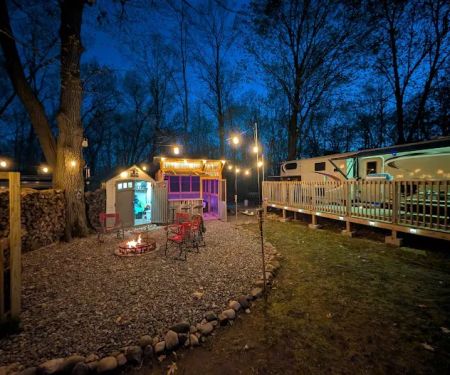 Woodsong RV Resort4.0 (102 reviews)
Woodsong RV Resort4.0 (102 reviews)2186 Empire St, Ogilvie, MN 56358, USA
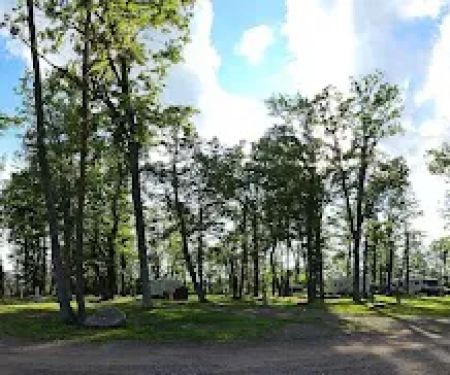 Boulder Woods RV Park0.0 (0 reviews)
Boulder Woods RV Park0.0 (0 reviews)2226 State Hwy 47, Ogilvie, MN 56358, USA
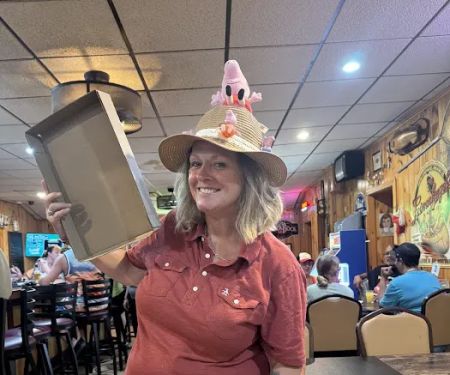 Fish Lake Resort4.0 (321 reviews)
Fish Lake Resort4.0 (321 reviews)674 Fish Lake Dr, Mora, MN 55051, USA
 HipCamp - The Camps at the Vineyard5.0 (4 reviews)
HipCamp - The Camps at the Vineyard5.0 (4 reviews)1005 205th Ave, Ogilvie, MN 56358, USA
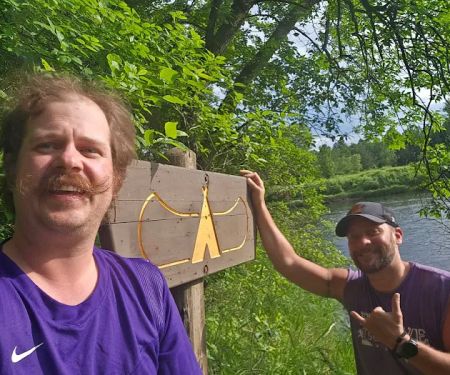 Chipmunk Hollow Watercraft Campsite3.0 (2 reviews)
Chipmunk Hollow Watercraft Campsite3.0 (2 reviews)Grass Lake Township, MN 55051, USA
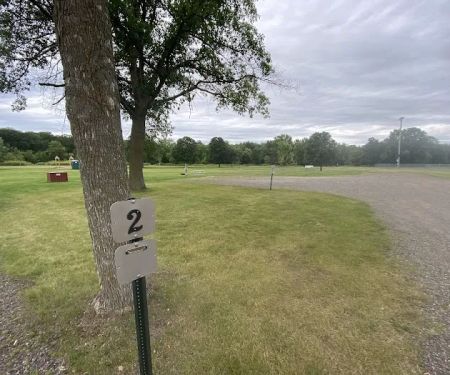 Milaca Campground5.0 (3 reviews)
Milaca Campground5.0 (3 reviews)400 2nd St NW, Milaca, MN 56353, USA
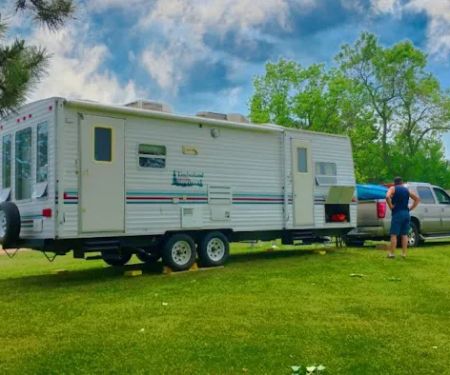 Rum River Campground LLC4.0 (70 reviews)
Rum River Campground LLC4.0 (70 reviews)27512 US-169, Onamia, MN 56359, USA
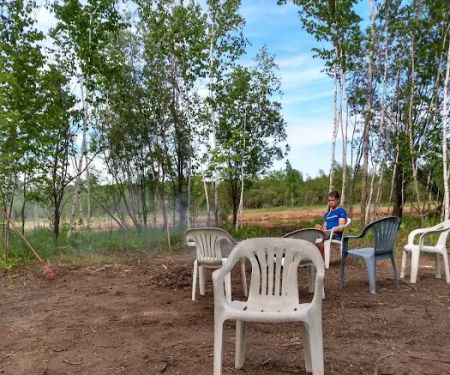 Ringler Family Campground4.0 (37 reviews)
Ringler Family Campground4.0 (37 reviews)3064 MN-23, Brook Park, MN 55007, USA
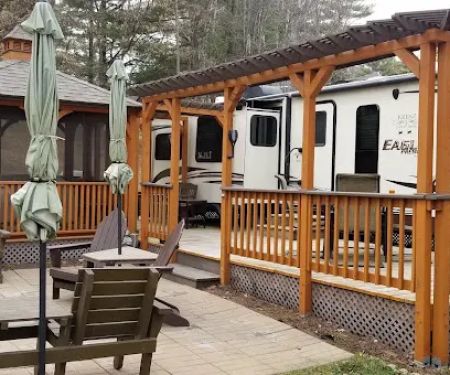 Springvale Campground4.0 (102 reviews)
Springvale Campground4.0 (102 reviews)36955 Palm St NW, Stanchfield, MN 55080, USA
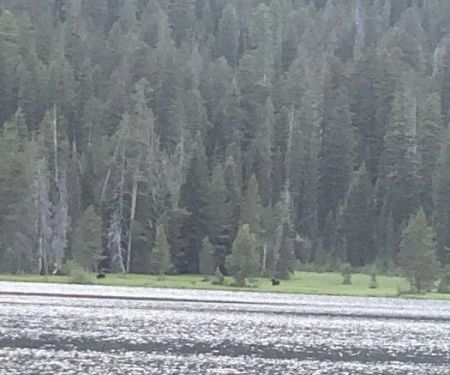 Bear Bottoms Watercraft Campsite4.0 (3 reviews)
Bear Bottoms Watercraft Campsite4.0 (3 reviews)Princeton, MN 55371, USA
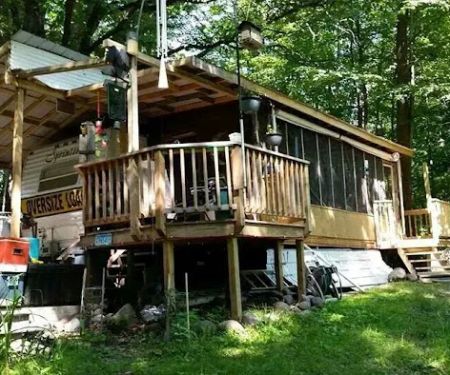 Camperville4.0 (62 reviews)
Camperville4.0 (62 reviews)2351 310th Ave, Mora, MN 55051, USA
Categories
Top Visited Sites
 DoubleSpringsShelter5.0 (1 reviews)
DoubleSpringsShelter5.0 (1 reviews) Westwood Park3.0 (161 reviews)
Westwood Park3.0 (161 reviews) Heritage4.0 (49 reviews)
Heritage4.0 (49 reviews) Raccoon Canyon4.0 (2 reviews)
Raccoon Canyon4.0 (2 reviews)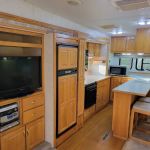 Coastal Woods RV Park5.0 (2 reviews)
Coastal Woods RV Park5.0 (2 reviews)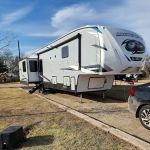 Alligator Creek RV Park5.0 (21 reviews)
Alligator Creek RV Park5.0 (21 reviews)Top Camping Searches
Trending The Campfire Posts
 The Ultimate Guide to RV Camping for Beginners: Tips, Essentials, and More
The Ultimate Guide to RV Camping for Beginners: Tips, Essentials, and More How to Use Campfire Smoke to Protect Against Mosquitoes Naturally
How to Use Campfire Smoke to Protect Against Mosquitoes Naturally Top 10 Campfire Recipes for Outdoor Fun - Easy & Delicious Meals for Your Next Adventure
Top 10 Campfire Recipes for Outdoor Fun - Easy & Delicious Meals for Your Next Adventure Top 5 Campsites for Winter Outdoor Activities
Top 5 Campsites for Winter Outdoor Activities Best Campfire Songs for Quiet Nights That Set the Perfect Mood
Best Campfire Songs for Quiet Nights That Set the Perfect Mood Best Campfire Snacks for Cold Weather: Warm and Delicious Ideas
Best Campfire Snacks for Cold Weather: Warm and Delicious Ideas